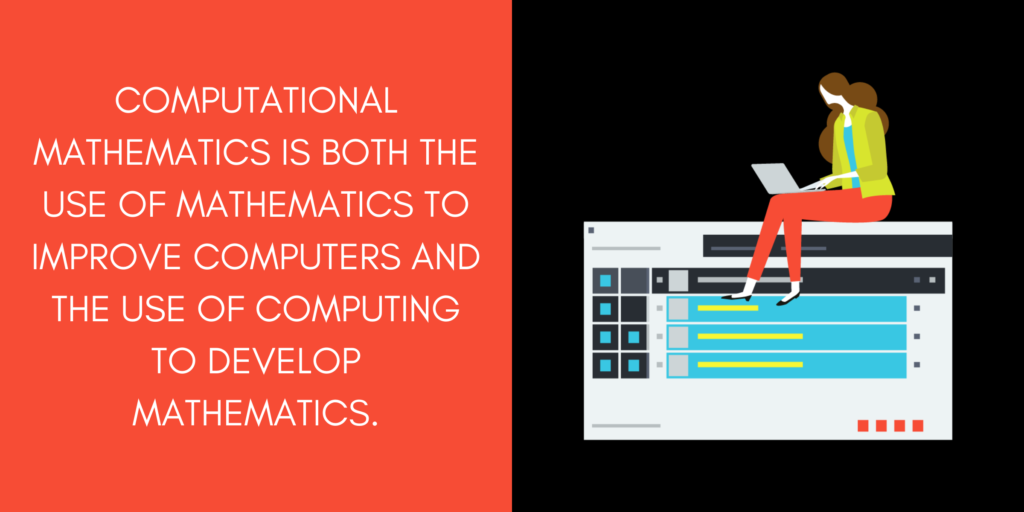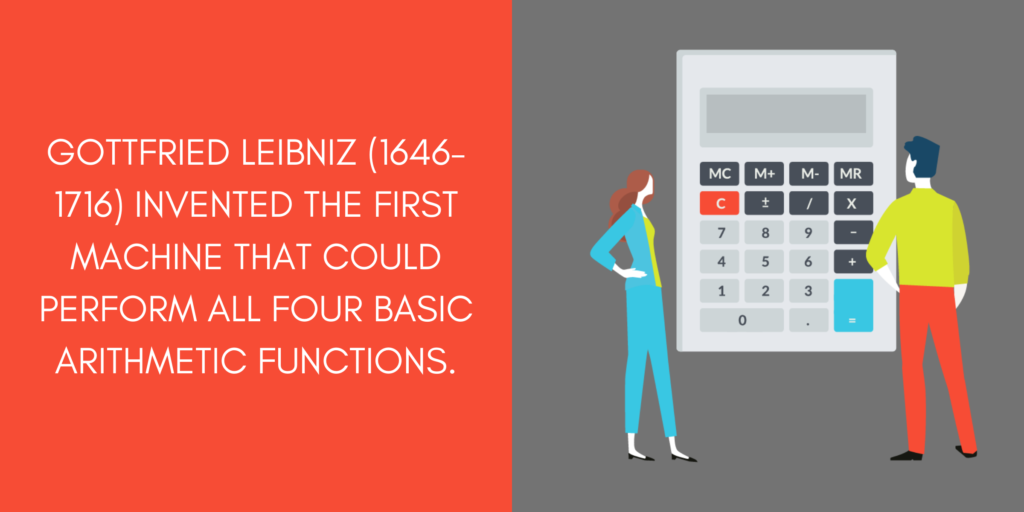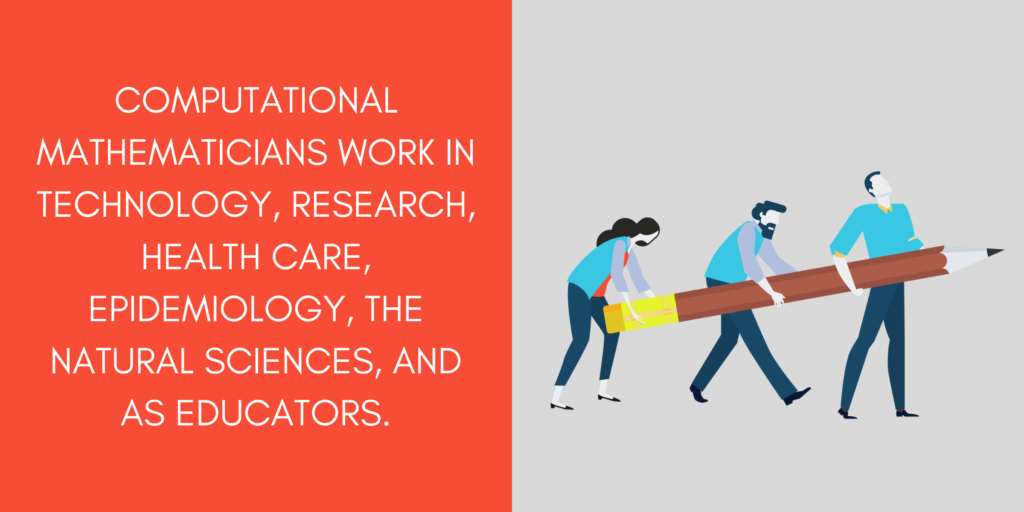![]() Man has relied on machines for aid in making calculations since the dawn of time. Since interest was first charged, and the number of sheep traded for another good were more than a ‘handful’ man has made use of clay tablets. Since the stars have been studied, and designs have been crafted, man has relied on diagramming of nature through mathematical representations. The abacus is likely the most recognizable ancient form of computational technology, used for thousands of years to not only add and subtract, but for multiplication and division.
Man has relied on machines for aid in making calculations since the dawn of time. Since interest was first charged, and the number of sheep traded for another good were more than a ‘handful’ man has made use of clay tablets. Since the stars have been studied, and designs have been crafted, man has relied on diagramming of nature through mathematical representations. The abacus is likely the most recognizable ancient form of computational technology, used for thousands of years to not only add and subtract, but for multiplication and division.
As mathematical proofs have gotten more complex, building on the backs of others, so too has the need for raw energy for computations. Searching for longer and longer prime numbers, attempting to crack ciphers for encoded information, and ‘brute forcing’ attempts to find the limitations of proofs have required more and more ‘man years’ to be solved. Through the 20th century these issues were first solved by hand, then by calculator, then by some of the earliest computers, and later by tailored scientific ‘rigs’ computing millions of times per second.
We’re now in the golden age of computational mathematics, or at least the start of it. With the growth in readily available computing power — often now offered remotely, through the cloud — and the growth in need for more powerful computers, computational mathematicians are finding the ‘sky is the limit.’

Don’t know what computational mathematics is?
Well, it can refer to two loose clusters of activities:
- The use of mathematics in order to improve computing efficiency to aid in mathematics
- And the use of computers in mathematics
While both are closely related, one set of computational mathematic actions are focused on improving the tools used for computational mathematics, while the second set is focused on using these tools.
Think you may be interested in a degree in computational mathematics? Be sure to check out DegreeQuery’s coverage of the degree below:
- What Computational Mathematics Degrees Are Available?
- Can I Gain a Computational Mathematics Degree Online?
- How Do I Gain Admissions To a Computational Mathematics Degree?
- What Can I Do With a Computational Mathematics Degree?
Don’t see what you’re looking for in this guide? Be sure to check out DegreeQuery’s related degree and career coverage below:
- What Can I Do With a Mathematics Degree?
- What Can I Do With a Biology Degree?
- What Can I Do With a Computer Science Degree?
- What Can I Do With an Economics Degree?
- What Can I Do With a Finance Degree?
- What Can I Do With an Information Management Degree?
- What Can I Do With an MBA Degree?
- What Can I Do With a Science Degree?
- What Can I Do With a Doctoral Degree?
- DegreeQuery’s Best Degree Rankings 2020
What Computational Mathematics Degrees Are Available?
Computational mathematics is a field within applied mathematics that can primarily be pursued at the graduate level. While there are some bachelor’s-level programs, many students within the discipline choose to pursue a more general mathematics or computing degree at the associates or bachelor’s level before diving into computational mathematics in graduate school.
At both the bachelor’s and associate’s level, students will often begin their course of study by tackling some ‘general education’ requirements. These are courses pulled from a wide range of disciplines that are meant to ensure that students receive a well-rounded education expected of someone with a college degree. Furthermore, these courses are meant to ensure you have a strong basis in reading, writing, thinking logically, and the basic sciences.
A common selection of general education courses at the associates or bachelor’s levels includes:
- Social Science Courses
- Natural Science Courses
- Basic College Mathematics Course
- Courses in a Foreign Language
- Data Literacy
- Computer Literacy
- Courses in the Humanities
- English Literature and Composition
- Speech or Logic
- Physical Education
At the associates level, students may choose to major in mathematics, statistics, or computer science to gain a good grounding that may be carried forward into a computational mathematics degree program. Many such programs hold ‘transfer agreements’ with four-year college programs. In these programs, students who graduate with above a certain associates-level GPA gain automatic admission to bachelor’s degree programs.
Once in a bachelor’s degree program in computational mathematics, students should expect to take some selection of courses similar to those below:
- Organic and Inorganic Chemistry
- Physics for Engineers
- Calculus I-IV
- Multivariable Calculus
- Linear Algebra
- Abstract Algebra and Number Theory
- Differential Equations
- Numerical Analysis I-II
- Intro to Programming I-II
- Algorithms and Data Structures
- Algebraic Coding
- Financial Mathematics
- Probability and Statistics for Engineering
- Actuarial Models
- A Capstone Project or Thesis

At the master’s level, students will often gain access to more meaningful career-centered courses. While most master’s programs also offer foundational courses (albeit, at the graduate level) to start off the program, many also offer specializations with career-specific course offerings. Some common specializations within a master’s in computational mathematics include:
- Information Sciences
- Engineering
- Biological Sciences
- Physical Sciences
- Mathematics
- Other Quantitative Sciences
Additionally, most master’s programs have a programming requirement that ensures that students have sufficient exposure to a range of programming and scripting languages that support computational mathematics.
At the doctoral level students should expect to take many of the same courses available at the master’s level, but with a great emphasis on ‘diving deeply’ into a given subsection of computational mathematics.
The most popular degree type for computational mathematics at the doctoral level is a doctor of philosophy (Ph.D.) degree in computational mathematics. Ph.D. degrees are research doctorates, which means that one central area of focus and support for doctoral candidates surrounds original research. This original research is often performed in the context of a doctoral dissertation. Doctoral dissertations are documents comprised of hundreds of pages of original research. When doctoral candidates have completed their dissertation, they then ‘defend’ their dissertation in front of a group of peers to proceed towards graduation.
Additionally, doctoral degrees typically require comprehensive exams (‘comps’), that test students on every course and topic they have covered in their doctoral program.
A second aim of Ph.D. programs, that is primarily represented within in-person programs, is that of preparing the next generation of university-level educators. This often takes the form of Ph.D. candidates teaching undergraduate courses, or working as teaching assistants within all levels of course work.

Students pursuing a Ph.D. in computational mathematics should know that courses of study typically take 2-5 years, depending on whether one already holds a master’s in computational mathematics or not, as well as how long one’s dissertation takes to construct.
Don’t see what you’re looking for in this guide? Be sure to check out DegreeQuery’s related degree and career coverage below:
- What Can I Do With a Mathematics Degree?
- What Can I Do With a Biology Degree?
- What Can I Do With a Computer Science Degree?
- What Can I Do With an Economics Degree?
- What Can I Do With a Finance Degree?
- What Can I Do With an Information Management Degree?
- What Can I Do With an MBA Degree?
- What Can I Do With a Science Degree?
- What Can I Do With a Doctoral Degree?
- DegreeQuery’s Best Degree Rankings 2020
Can I Gain a Computational Mathematics Degree Online?
As an applied field, computational mathematics stands a slightly better chance than research-only academic disciplines at being well-represented by online degree offerings. With that said, mathematics is not one of the larger degree types by number of majors. This means that while a decent portion of computational mathematics degree programs are offered online and in-person, that there are not a particularly large number of programs in total.
If you’ve never pursued a degree online, one should be aware of some distinct trade-offs between in-person and online degree types. We’ve talked with students from a wide range of online and in-person program types here at Degree Query, and we’ve gathered some of the most common pros and cons that are reported about delivery methods by these students.

Before choosing a delivery method for your computational mathematics degree, be sure to consider the following:
Pros of Online Delivery Degree Programs
- No need to change your job or move to attend a program
- Access to the same program as in-person degrees
- You get the same diploma (no difference from in-person)
- Often lower fees
- Programs are often more flexible in delivery
- Programs are built for working adults
Cons of Online Delivery Degree Programs
- Harder to ‘get to know’ classmates and professors
- Lack of access to networking events
- The need to ‘self-start’ more
- Lack of access to all research or support services
Don’t see what you’re looking for in this guide? Be sure to check out DegreeQuery’s related degree and career coverage below:
- What Can I Do With a Mathematics Degree?
- What Can I Do With a Biology Degree?
- What Can I Do With a Computer Science Degree?
- What Can I Do With an Economics Degree?
- What Can I Do With a Finance Degree?
- What Can I Do With an Information Management Degree?
- What Can I Do With an MBA Degree?
- What Can I Do With a Science Degree?
- What Can I Do With a Doctoral Degree?
- DegreeQuery’s Best Degree Rankings 2020
How Do I Gain Admissions To a Computational Mathematics Degree?

Computational mathematics degrees are primarily available at the bachelor’s through doctoral levels. Additionally, great precursor degrees may be sought after at the associates level to prepare for future computational mathematics degrees.
At the associates level, many community colleges offer what is known as admissions that are ‘open.’ This effectively means that anyone who meets a set of requirements is allowed into a program (there is no cap or competitive aspect to admissions). Typically entry requirements involve living within the service area of a community college (often a city, region, or state), having a high school diploma or equivalent, and having gained above a certain GPA in the past. Students keep their openly admitted status as long as they don’t drop below a certain GPA within their program.
At the bachelor’s level, students will typically seek admission to the broader college that offers undergraduate degrees. This may be the entirety of the school or one college within a broader university. Admissions to a computational mathematics degree are no different from a sociology degree, or history degree, or physics degree at this level. Typically students should be ready to submit a high school transcript, letters of recommendation, an SAT or ACT score, and a statement of purpose.
At the master’s level, degree programs may be entered by seeking a terminal master’s or by applying to a Ph.D. program directly out of undergraduate study. Typically master’s degrees contained within Ph.D. programs are slightly more competitive, and students may want either better academic records, to have taken all prerequisites, or some real-world experience to help them get in the door.
Additional requirements for master’s-level admissions to computational mathematics degree programs include results from a recent GRE standardized test, your undergraduate transcripts, letters of recommendations, a resume, and sometimes interviews.
At the doctoral level, students should make sure they are applying to a program that aligns with their research interests. Furthermore, students should identify faculty members who are performing research they would like to be a part of, and reach out to these faculty members to see if they are willing to mentor them. Having a doctoral research advisor who aligns with your research interests is crucial for getting the most out of a doctoral program.
Otherwise, admissions to doctoral programs are similar to master’s in computational mathematics. Though these programs are typically more competitive. Applicants should have taken a recent GRE, have undergraduate (and master’s if applicable) transcripts, have letters of recommendation, have written a statement of purpose, and be able to present a resume.
What Can I Do With a Computational Mathematics Degree?

Finally, onto to the question many potential computational mathematics students wonder about the most, what can you do with a degree in this field?
Well, as with many degrees that employ some computer science and mathematics, the answer is a lot!
If you’re willing to focus your educational path using specializations and electives, you can easily find employment within a range of career types, including:
- Finance
- Genetics Research
- Health Care Research
- Life Science Research
- Natural Science Research
- Software Engineering
- Machine Learning
- Statistics or Actuarial Science
- And More
Many of these fields offer top pay, and include some of the ‘best’job titles of the 21st century including statistician, actuary, and data scientist. (Learn more about what degree you need to be an actuary.)
For careers that stem even more directly from computational mathematics, let’s look at a smaller selection of careers.
First, data analyst positions work within a range of contexts, but are often involved with quantitative analysis of organizational objectives within a broader context. Data analysts may be involved with analyzing new markets a business wishes to expand into, they may be involved with analyzing trends in voter behavior, or use of a product or service. They may analyze health outcomes, and the list goes on.
Computational mathematics can be a great field to prepare for a data analyst position, even right out of undergraduate study.

While data analyst responsibilities vary quite a bit depending on which field the data analyst is working in, many can enjoy solid salaries. The average salary for positions with the title data analyst is presently $67,377.
Secondly, commodities traders work by modelling future outcomes of commodity markets including raw materials and food goods. Through often proprietary and machine-learning aided models, commodities traders analyze a wide range of patterns in consumer sentiment, political transitions, logistical pricing, and more to determine when the proper time to buy large shipments of raw materials may be.
While salaries vary depending on level of expertise and your precise role, the average salary for all commodities traders is presently close to $200,000.
Third, machine learning engineers work at the cutting-edge of applied mathematics. These engineers create machine learning processes to create statistically valid methods for training programs to perform tasks unaided. Machine learning, and particularly sub fields such as machine vision and natural language processing are rife with computational mathematics issues. Additionally, machine learning engineers are in great demand.

The average salary for machine learning engineers is presently $121,199, though this number may rise quite a bit higher in certain markets.
Finally, computational mathematics professors continue research and teach the next generation of computational mathematicians. These doctoral degree-holding computational mathematicians may work at undergraduate education-centered institutions or in more research-heavy roles. Job descriptions may include applying for grant funding to further research, the writing of papers for academic journals, the teaching of courses, and acting as guideposts for the development of the broader academic field.
The average salary of full-time professors varies depending on level of experience and whether they are tenure track or not. Many computational mathematics professors, however, are on tenure track, and receive an average salary of $85,000.
Don’t see what you’re looking for in this guide? Be sure to check out DegreeQuery’s related degree and career coverage below:
- What Can I Do With a Mathematics Degree?
- What Can I Do With a Biology Degree?
- What Can I Do With a Computer Science Degree?
- What Can I Do With an Economics Degree?
- What Can I Do With a Finance Degree?
- What Can I Do With an Information Management Degree?
- What Can I Do With an MBA Degree?
- What Can I Do With a Science Degree?
- What Can I Do With a Doctoral Degree?
- DegreeQuery’s Best Degree Rankings 2020
